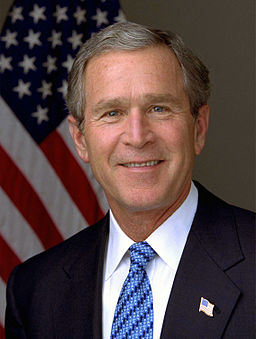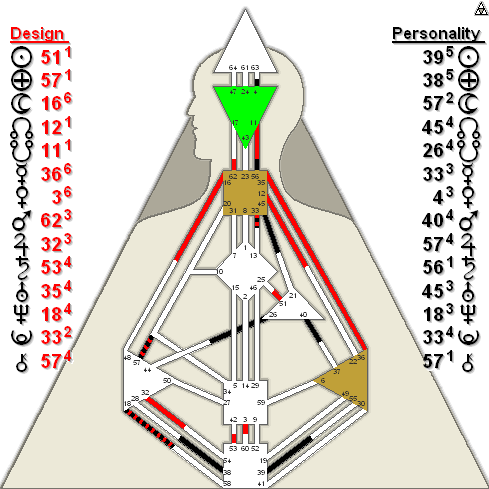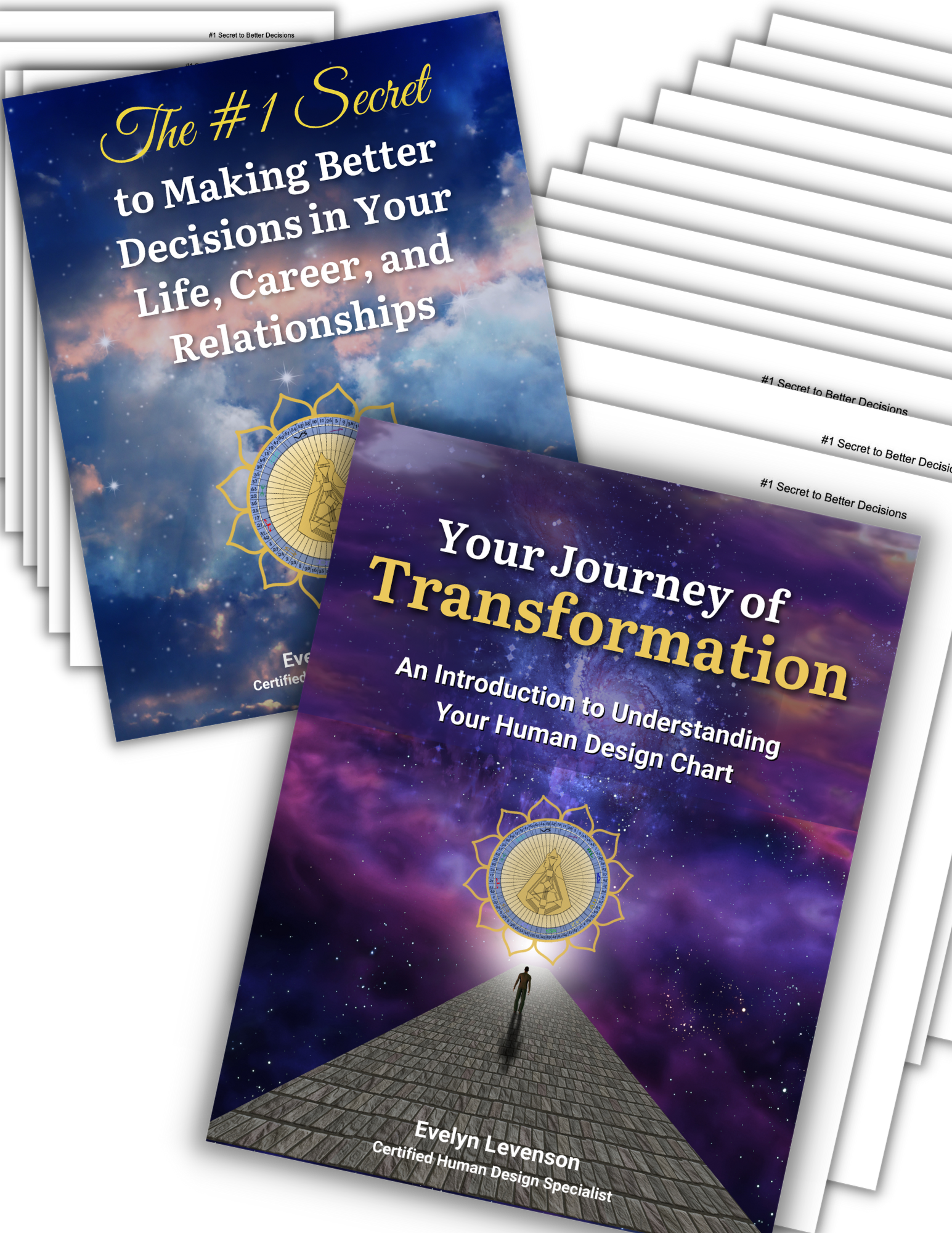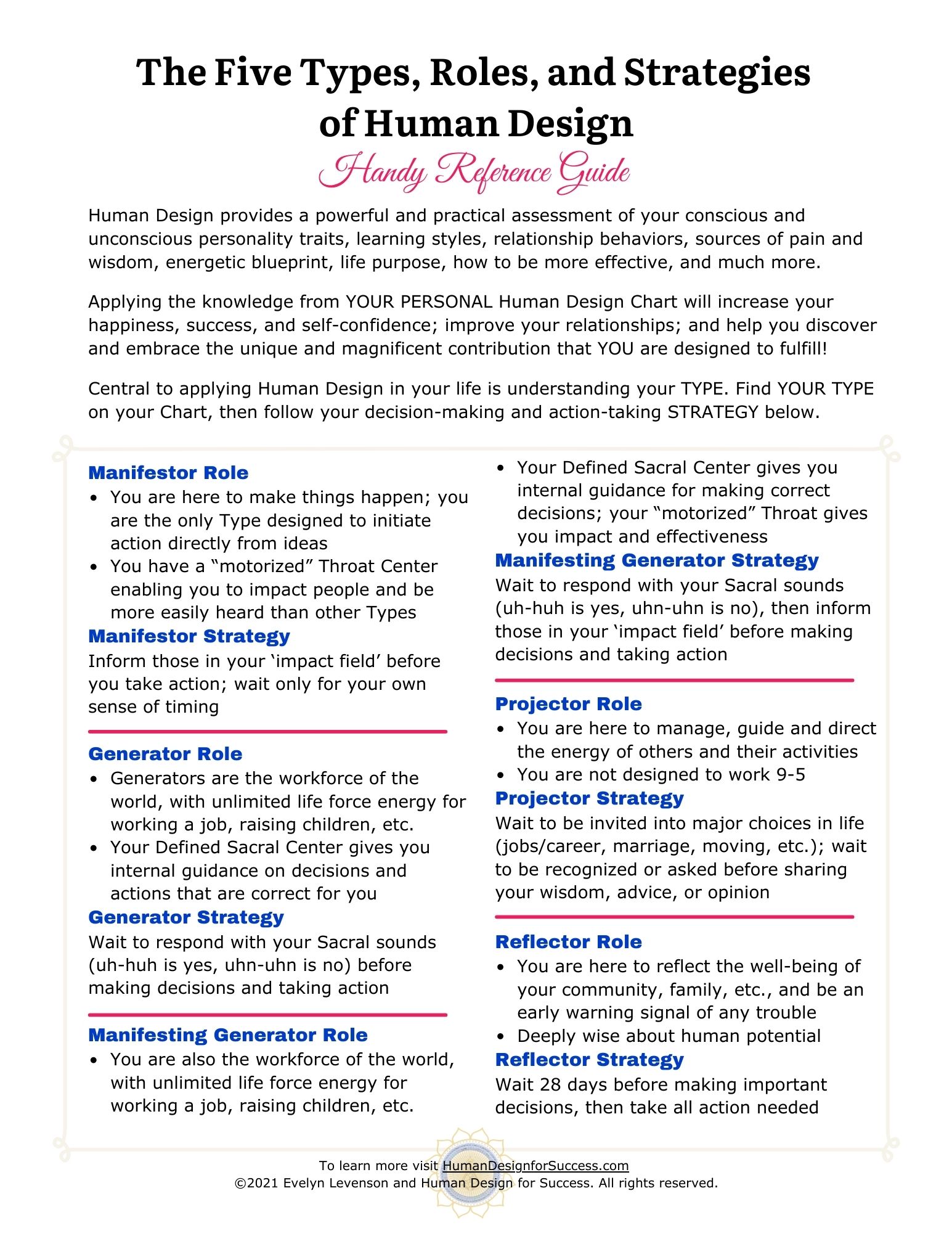Here is a brief look at a celebrity’s Human Design chart using just a few of many aspects and layers of a chart. Our purpose here is to give you just a partial glimpse, through Human Design, into this person’s energy dynamics.
George W. Bush
Birth: July 6, 1946 7:28am in New Haven, CT

Background
Our 43rd U.S. President, George W. Bush, was—and still is—quite an enigma.
He won the presidency in 2000 in a very close and controversial election against Al Gore. He is only the 4th president to ever have won that office despite having fewer popular votes than his opponent (because of our electoral college voting system).
He was both the most popular and least popular president in U.S. history! He reached the highest approval ratings ever (90%) after the 9/11 attacks in 2001, and received the lowest ratings ever (19%) during the financial crisis of 2008.
He was controversial at home and internationally, even among our allies. This quote captures the enduring irony of this man, “Although his presidency has been ranked among the worst in recent surveys of presidential scholars, his favorability ratings among the public have improved since he left office.”1
George (I’ll call him by his first name for convenience) grew up in Texas, the son of former President George H. W. Bush. Young George went to private boarding school and graduated from Yale University in 1968 and Harvard Business School in 1975. He was active in fraternities and cheerleading and was also a rugby player.
After graduation, he worked in various oil businesses throughout his private sector career. He married Laura Welch in 1977 (after knowing her only 3 months), and the following year lost his first run for an elected position (in the U.S. House of Representatives) by only 6% of the vote. In 1994 he was elected governor of Texas beating Ann Richardson by 7%, and was re-elected in 1998.
He served two turbulent terms as U. S. President from 2001 until 2009. His first year in office saw the 9/11 attacks. He launched wars in Afghanistan in 2001 and Iraq in 2003. He is also known for his controversial economic policies, tax cuts, the Patriot Act, the No Child Left Behind Act, his highly criticized handling of the Hurricane Katrina disaster, and his refusal to implement the Kyoto Protocol on global warming that had been signed by the previous president, Bill Clinton.
Since leaving office he published his autobiography, Decision Points, in 2010 and opened the Bush Presidential Center—which includes his presidential library and a museum, his policy institute and his foundation—in April 2013 in Dallas, TX, where he and his wife currently live.
1http://en.wikipedia.org/wiki/George_W._Bush
His Chart
Regardless of your politics or opinion of former President George W. Bush, his chart offers a fascinating look into his personality traits and leadership style—helping us all to understand him a bit better.
We’ll look at just a few key aspects of his chart that illuminate his character.
Type & Strategy
George is Manifestor Type, among only about 8 or 9% of the population. Manifestors are here to make things happen. They are often intent on doing things their own way and rarely want help or interference from others—unless they have asked for it.
This is the first challenge we see for him in his chart. Manifestors are great in a crisis as they are often “take charge” people—and George did have plenty of crises during his presidency—but in today’s global world, the traits of cooperation, collaboration, coordination, and diplomacy are often needed and these do not come easily for him.
“Informing” is the Manifestor’s Strategy for correctly taking action, and it’s often the biggest challenge for Manifestors. I think we saw evidence of his struggle with this, for example, in the invasion of Iraq. Some secrecy was obviously needed, but many world leaders were very upset that they were left in the dark about this major initiative and that George and the U.S. acted unilaterally, without international consultation.
Another characteristic of Manifestors is not having sustainable energy. This may have contributed to his irregular attendance and mediocre performance both in school and later in the Air National Guard. He probably had his own priorities for how to spend his time and energy—and they didn’t include conforming to rules and expectations! He learned to manage his energy more appropriately as he rose to positions of power and responsibility.
Single Definition & Emotional Authority
In general, Manifestors can seem impulsive and unpredictable to those around them. For George, this is heightened by his Single Definition configuration. It means all of his defined energy centers are connected to each other so he can operate very independently—he does not need others energetically in order to get things done. He’s somewhat of a “lone ranger.”
His defined Emotional Center (brown triangle on right) gives him emotional ups and downs and influences his behavior. This probably also contributes to others possibly perceiving him as unpredictable and perhaps somewhat impulsive.
Profile
George’s 5/1 Personality Profile is an excellent profile for leadership.
The “5” energy draws people in and can entice and influence them. It also attracts the expectations of others, and when George is not in his “element” he will likely disappoint. His life story prior to politics is peppered with examples of this. But when he’s in the right place for him, he really shines.
The “1” energy is investigative and inquisitive. It provides 5/1 profiles with the knowledge and facts to backup their leadership and influence. Despite his “down-home country-style” persona, he is quite smart and well read—being particularly fond of histories and biographies.
Incarnation Cross
Although it is not shown specifically on the chart image above, George’s Incarnation Cross is the Left Angle Cross of Individualism.
A person’s Incarnation Cross is their path or purpose in life; it’s composed of four Gate energies. Gates are the specific energies a person carries throughout their life, as shown on their chart. (There are 64 Gates in Human Design.)
An Incarnation Cross is formed by the top four numbers (Gates) in the columns of numbers on the chart (top two from each column). Let’s look at those four Gate energies first, then look at how they come together into George’s Cross.
The top right Gate is in the conscious Sun position—the single most powerful influence on someone’s personality. George’s is in the Gate 39 which is the energy for provocation. He did have (although perhaps less so now as he is getting older) a way of rubbing people the wrong way at times. This energy can poke, provoke, and stir up tension—though often for reasons that benefit the other person (or the world in general) and restore the flow of abundance. It can also be teasing and playful, but in its low expression can be mean or irritating.
The top left Gate is in the unconscious Sun position—also a powerful personality influence. His is the Gate 51, called the Gate of Shock. The purpose of this energy is to initiate the person into the love of spirit and connection to God/Source. And it can mean that shocking things happen to them, or they shock others with their words and deeds. Because of this energy, in George’s younger and wilder days he seemed to enjoy shocking people with his behavior. His own initiation came when he renounced alcohol in 1986 and seemed to embrace religion more seriously.
The second Gate on the right is in the conscious Earth position—the energy that consciously grounds us in life. George’s is Gate 38, which is the energy of the fighter… fighting for good causes, backing the underdog, and knowing what’s worth fighting for. He always seemed to be willing to stand his ground and fight for what he believed was right, and he had additional support on this from his defined Ajna Center (green triangle) giving him certainty and a somewhat fixed way of thinking about things.
Finally, the second Gate on the left is in the unconscious Earth position—also a grounding energy. His is Gate 57, the energy for intuitive awareness. This energy shows up two more times in his regular chart and twice in his Kiron. This indicates that he is deeply intuitive although his “in the moment” awareness may come to him in many different ways (because of his Open Spleen Center) so he may not always trust it. Despite his somewhat reckless young adulthood, he rose to the top position in our nation so he obviously had some good instincts about when to zig and when to zag. Family connections must have helped, but that alone could not have sustained him through two terms as governor of Texas and two terms as president. He had his own sense of timing and intuition, as well as natural leadership qualities.
These four energies form his Incarnation Cross of Individualism. Those who carry this cross are highly individual—not here to fit in or conform, definitely here to do things their own way. True to his cross, George has demonstrated a knack for the precise intuitive timing of saying or doing shocking and provocative things that stir tension and judgment but ultimately serve to create a dialog about what’s worth fighting for.
George’s chart has the built-in challenge of balancing his intense individuality against his energies for serving the greater good through leadership roles.
There are many more things of interest and relevance I could say about his chart, but I think we’ve covered enough for now. I hope you have a new appreciation for how George operates and why… and I hope that he’s a little less of a mystery now. I invite your comments.




Evelyn:
You mentioned “If your decisions and actions are not lined up with your in-born energy patterns….”. I know this applies first and foremost to no living by your strategy. But does this also have some other reasons as well from a human design perspective? I know that there is this thing that is mentioned as though it is seperate: “living according to your design”. What about embrassing the work you love – doesn’t that also mean embrassing the things in life that you love, as a whole, not just solely pertaining to work?
Ray
Hi Ray, yes your whole chart is your “in-born energy pattern” and your “design.” Type and Strategy are primary because they are your fundamental energetic framework and guidance system. But everything else in your chart: profile, centers, gates and channels, Incarnation Cross… influences who you are, what you express, what you are drawn to, and how you respond. The “wild card” factor, though, is conditioning which can distract us from our design and cause us to behave as the Not-Self. The de-conditioning process involves understanding and embracing our TRUE SELF (our design) and mastering the influence of others on us through our open centers (and to some extent through our open gates). I hope that answered your question! Thanks for asking. ~Evelyn
I, too, am a single definition manifestor with emotional authority, so it is interesting to see how the different channels and profile and cross add a different flavor to a chart. Thanks for this information.
Dian
Thanks, Evelyn, it most certaintly does. And not only that but both your statements and that of Dian are stimulating my tast buds all the more for Human Design. The elusive defined sacral and defined spleen intrigues me very much but I am up to the challenge of discovering what such a combination like that may entail. Apart from that the excitemnent of Human Design does give my defined head and anjna a satisfying workout when I also consider the excitement of being of service to someone by helping them via this amazing system.
Ray